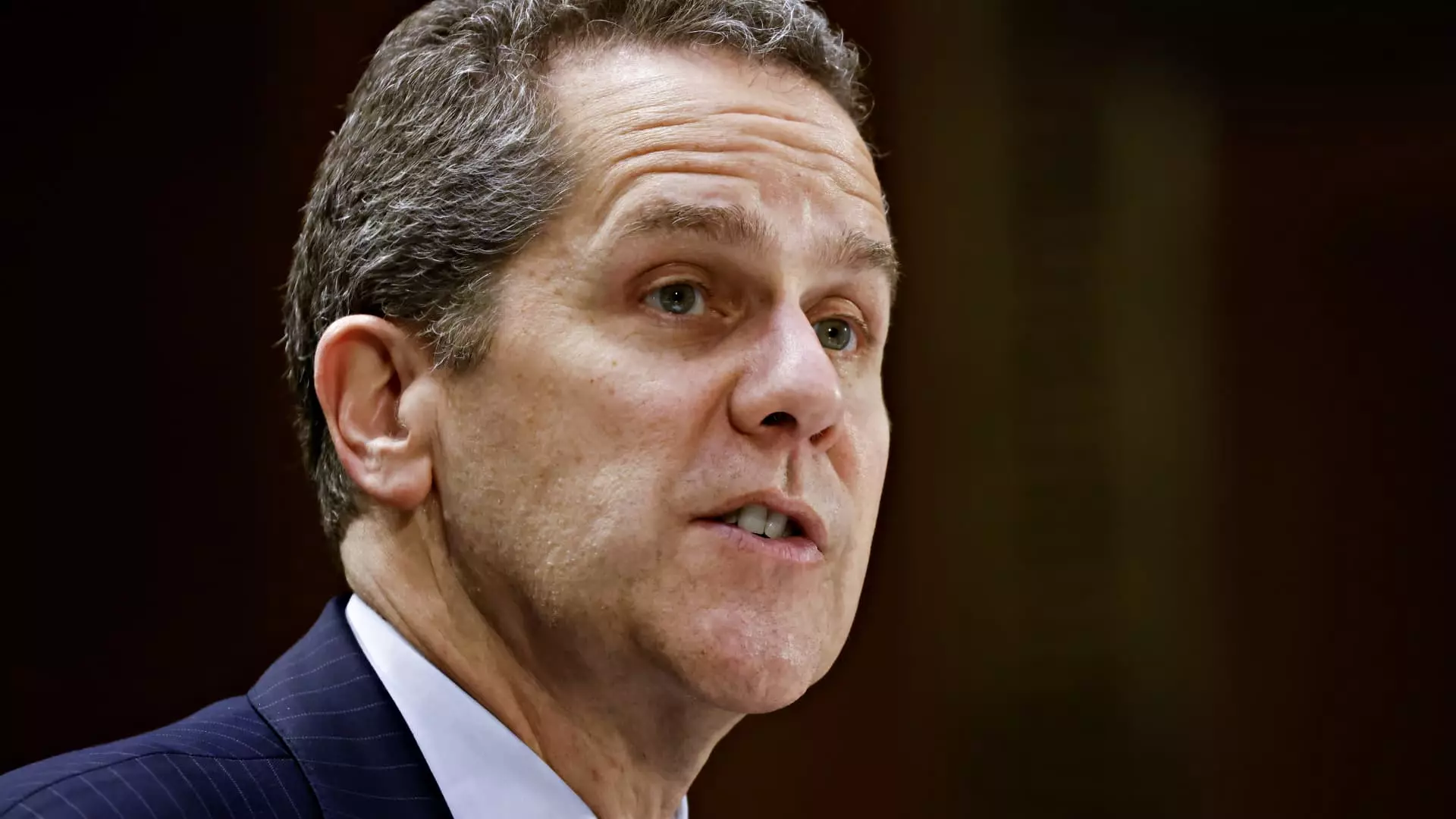As the U.S. prepares for a significant leadership transition with the incoming administration, the announcement of Michael Barr’s resignation as the Federal Reserve’s vice chair for supervision has sparked myriad discussions about the future of banking regulation in the country. Scheduled to take effect on February 28, Barr’s resignation comes at a critical juncture, allowing President-elect Donald Trump to appoint a new successor while avoiding any potential confrontation that could arise from a forced removal.
Serving in his capacity as vice chair for supervision, a role created post-2008 financial crisis to enhance oversight of the banking sector, Barr faces the reality of a political landscape swaying towards favoring deregulation. His tenure has not been without its challenges; the collapse of Silicon Valley Bank earlier in 2023 underscored vulnerabilities within the financial system, a situation that demanded rapid responses from the Fed to contain broader impacts. Barr’s decision to step aside seems strategically timed, as he aims to focus on contributing to the central bank’s mission as a general governor rather than its supervisory lead.
The speculation surrounding Barr’s position had been rife in recent weeks, particularly regarding potential moves by Trump to appoint a more industry-friendly successor. While Barr refrained from directly acknowledging these rumors, his statement highlighted the potential distractions that a dispute over his role might cause in fulfilling broader objectives of the Federal Reserve. In an immediate response to the news, bank stocks surged; for instance, the SPDR S&P Bank ETF recorded a notable gain, reflecting optimism in the financial markets regarding the forthcoming changes in leadership.
With Barr’s departure signaling a shift, it is essential to consider the regulatory environment that will follow. The Fed announcement stipulating a hiatus on significant policy changes until Barr’s replacement is confirmed suggests a cautious approach moving forward. Current deliberations on controversial banking rules, particularly those stemming from the Basel III reforms, will likely influence the incoming appointee’s priorities and effectiveness. The new vice chair will face the vital task of balancing industry demands for reduced regulatory burdens against the persistent need to safeguard against systemic risks.
As Barr maintains his role as a Fed governor until 2026, he continues to bring experience and insight to the board, albeit without the supervisory spotlight. The focus now shifts to Trump’s upcoming appointment—a decision that will not only reflect the new administration’s stance on financial regulation but also shape the dynamics of the Federal Reserve in navigating the challenges that lie ahead. The banking sector, policymakers, and the broader public will undoubtedly watch closely as this transition unfolds with expectations of both stability and rebirth in America’s financial oversight landscape.

Leave a Reply